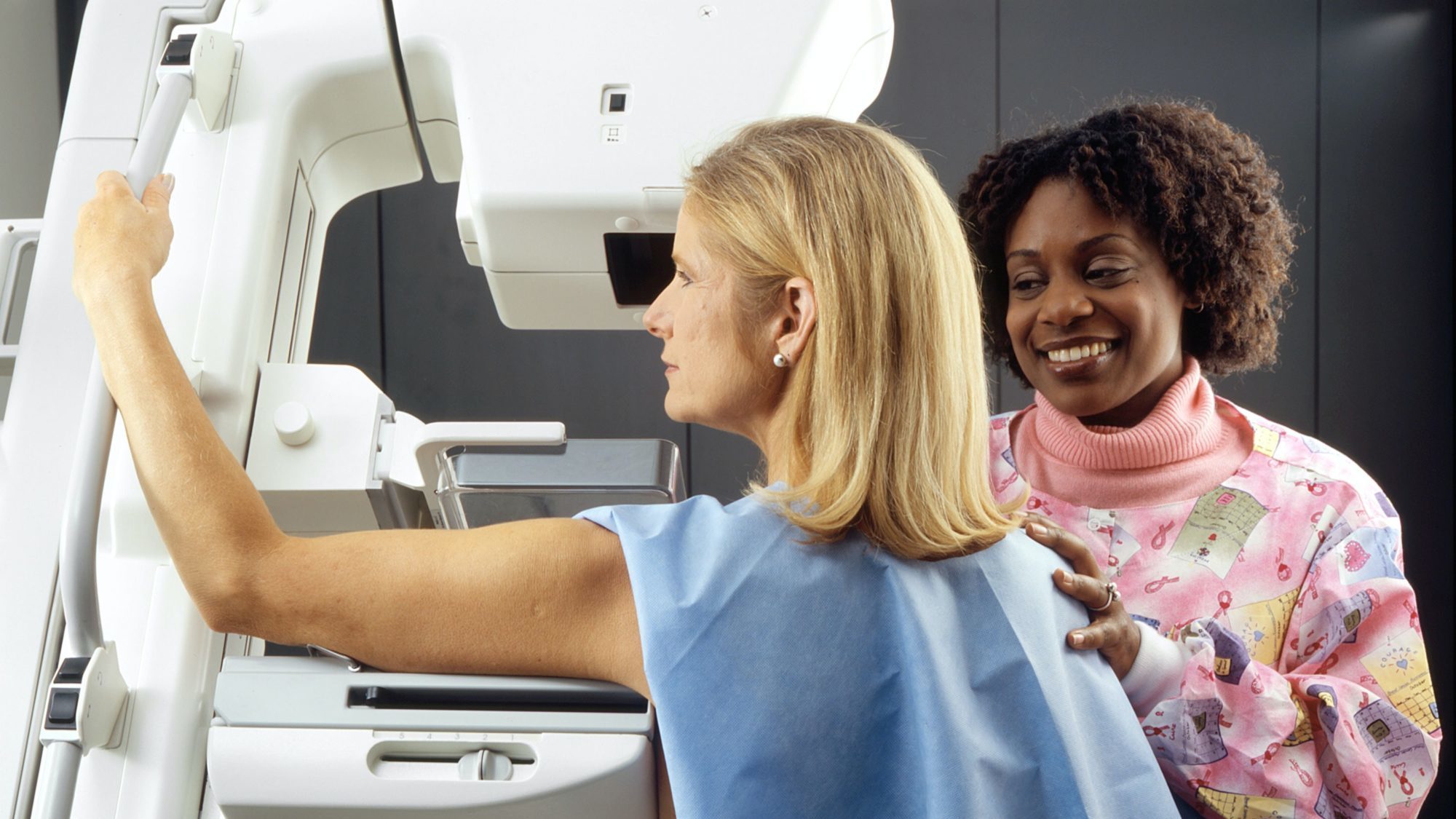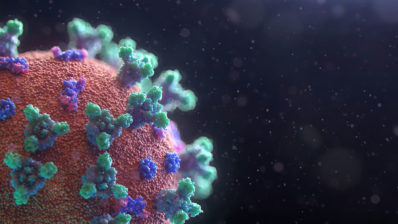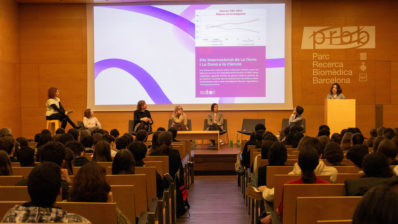A research team from the Hospital del Mar Medical Research Institute (IMIM) has developed and validated a mathematical model that predicts the risk of breast cancer within 20 years.
To do it, they used data from 122,000 women who participated in screening programs between 1995 and 2015 at Hospital del Mar and Hospital de Sant Pau. Out of these, about 2,000 were diagnosed with breast cancer during the study period.
The model determines risk based on four parameters:
- Age
- Previous history of breast cancer
- Mammograms of benign lesions
- Mammograms of suspicious mammographic patterns
Currently, mammograms are done by default every 2 years for women between the ages of 50 and 69. “The objective of this study – and work is already beginning on some clinical trials – is to personalize this a little more”, explains Javier Louro, doctoral student at IMIM, in the Research Group on Epidemiology and Evaluation, and first author of the article. “Perhaps it is not the most effective to do mammograms every two years for all women, but, depending on their risk, for some it should be every year and for others every three years. Or for those who are more at risk, they couldeven have an ultrasound or MRI, instead of a mammogram”.
“Currently, mammograms are done by default every 2 years for women between 50 and 69 years old. This model could help increase or decrease this interval, depending on the personal risk of each woman”
Javier Louro (IMIM)
This model has the potential to have a real impact on the quality of all women between the ages of 50 and 70, as women with less risk would be screened less often, which carries a lower risk of false positives, while those with the highest risk would be screened more often, thereby detecting potential cancer earlier.
You can listen to Javier Louro explaining this study on the radio (in Spanish) here.
Developing and validating an individualized breast cancer risk prediction model for women attending breast cancer screening. Louro J, Román M, Posso M, Vázquez I, Saladié F, et al. (2021). PLOS ONE 16(3): e0248930.






